
DISPELLING THE CHOLESTEROL MYTH
(Why it’s NOT a good idea to shoot the firemen that come to put out the fire!)
Lipitor and other Statin drugs have become BIG BUSINESS to “Big Pharma” nowadays. For roughly half a century now cholesterol-a naturally occurring substance in your body and in many animal-source foods humans have eaten consistently for roughly 2.6 million years-has become both “Public Enemy #1” and the favorite whipping boy of the medical establishment. “High serum cholesterol” has been consistently blamed unquestioningly for the skyrocketing levels of heart disease and stroke. Everyone seemingly trembles with fearful anticipation of the sinister cholesterol levels revealed by the blood chemistry reports given by doctors during annual physicals. “Give it to me straight, doc….What’s my cholesterol?” Or… “How’s my “bad” cholesterol?”—and— “Is my “good” cholesterol OK?”
Before you go dutifully marching to your pharmacist with the prescription from your doctor marked “RUSH!” there are one or two things you should understand that might just save you the trip…and quite possibly save your life.
Cholesterol is a vital, naturally occurring substance in the human body. Using cholesterol, the body produces a series of stress-combating hormones and mediates the health and efficiency of the cell membranes. It is found in the nerve sheaths, white matter of the brain, and adrenal glands. It also helps regulate the body’s electrolyte balance. It is regarded by the body as such an important metabolic aid that every cell has a mechanism to manufacture its own supply (Erdmann). Cholesterol is also essential for brain function and development. It forms membranes inside cells and keeps cell membranes permeable. It keeps moods level by stabilizing neurotransmitters and helps maintain a healthy immune system. No steroidal hormone can be manufactured without it (including estrogen, progesterone, testosterone, adrenaline, cortisol and DHEA). Up to two-grams (2,000mg) are produced internally every day, several times the amount found in our diets. We actually make-and utilize a LOT of it. Despite this ability to manufacture cholesterol, however, it is, in fact, critical to obtain cholesterol from dietary sources.
The vilification of cholesterol began following a fundamentally flawed experiment in the early 1950’s. A Russian researcher, David Kritchevsky, published a paper describing the effects of feeding cholesterol to rabbits. The herbivorous (read: “vegan”) rabbits, that naturally eat diets devoid of cholesterol and lack the feedback mechanisms to internally regulate cholesterol, developed arterial plaques similar to those found in heart disease. This was the start of a long and sordid string of flawed and mis-reported research experiments which unjustly implicated cholesterol as the cause of heart disease in human beings. As the anti-cholesterol agenda gained pharmaceutical, government agency and food industry interest and funding the truth became increasingly obscured by politics and economics, rather than reality. Studies and data that showed inconclusive…or in many cases even opposite results were summarily swept under the rug in order to feed the growing agenda.
The human diet has always contained significant amounts of cholesterol. Restricting or eliminating cholesterol’s intake registers in the body as a “crisis” or “famine” and results in the production of a liver enzyme called HMG Co-A Reductase that in effect then overproduces cholesterol from carbohydrates in the diet. Consuming excess carbohydrates, while decreasing cholesterol intake, guarantees a steady overproduction of cholesterol in the body. The only way to switch this off is to consume an adequate amount of dietary cholesterol (and back off the carbs). In other words, the dietary intake of cholesterol stops the internal production of cholesterol (Schwarzbein). Most ‘Statin’ drugs used to lower cholesterol are designed to inhibit the action of HMG Co-A Reductase artificially, at the dangerous and costly expense of depleting the body’s own CoQ10 reserves (and CoQ10 may be the single most important nutrient for the functioning of the heart). As a sobering aside, political commentator, Tim Russert was taking Statin drugs at the time of his death. -Even more tragically, he was taking Statins even though his cholesterol was completely “normal”….His doctors had put him on Statins “preventatively”. There is talk today of similarly prescribing Statins “preventatively” to children. We simply cannot (in our right minds) allow this to happen.
The best approach is a natural dietary intake of cholesterol and reduced carbohydrate intake in most cases to “normalize” things. Dietary cholesterol may, in fact, be additionally beneficial to the gastrointestinal lining where it improves cell-membrane integrity and can help prevent excessive permeability.
No study to date has adequately shown any significant link between dietary and serum cholesterol levels…or any significant causative link between cholesterol and actual heart disease. Other than in uncommon cases of genetically based ‘familial hypercholesterolemia’ (where natural mechanisms which regulate cholesterol production fail and the body cannot stop overproduction-even here the proof of the problematic nature of cholesterol is dubious, at best), cholesterol is perhaps only potentially deleterious in and of itself in oxidized forms, occurring as a result of food processing methods (such as in “reduced fat” milks, powdered milk/eggs) and high heat cooking/frying. Inflammatory processes can also be oxidizing of cholesterol in the body. Other than this, ALL cholesterol in the body is the same. “HDL” and “LDL” only reflect transport mechanisms for healthy cholesterol and are meaningless measures of coronary heart disease risk (Enig, Ravnskov). It is also important to realize that “HDL” and “LDL” are NOT actual cholesterol at all, but merely the protein transport mechanism for cholesterol. Again, All cholesterol is exactly the same. LDL takes cholesterol away from the liver to the extremities and other organs for various purposes and HDL merely returns the same cholesterol to the liver where it may be recycled.
There is one undesirable variation of a certain LDL carrier molecule known as lipoprotein(a), which is smaller and denser than regular LDL. Within the arterial endothelium lie spaces between cells which serve as “channels” for the influx and outflow of nutrients. Lipoprotein(a) can actually lodge itself in the spaces between these vascular arterial cells and can shut off that natural channel, which can result in poor nutrient flow to the endothelium, stagnation and damaging inflammatory response. Lipoprotein(a) is the only lipoprotein of significant consequence…though the drug companies would rather you didn’t know about it at all, as Statin drugs do nothing to change the size of LDL particles and reduce lipoprotein(a)….ONLY diet can do this. It is high carbohydrate diets and the presence of insulin that are responsible for the production of this undesirable lipoprotein. Diets rich in natural fats and moderate protein with low carbohydrates have normal LDL. Regular LDL and HDL are of little actual consequence-though they can serve as a relative marker for illuminating dietary tendencies and may be useful to look at, in that regard.
Furthermore, cholesterol is also the human body’s version of duct tape. It travels to areas where there has been arterial damage and patches-up lesions. Higher serum levels of cholesterol may serve as a message that “something is going on” for which it is needed. It is simply an “indicator”. Going in with ‘Statin’ drugs to stamp out cholesterol is the equivalent of blaming–and shooting–the firemen that arrive to put out a fire. Elevated glucose and/or insulin levels, for instance, damage arterial walls and lead to an increased need for cholesterol to repair them. And the majority (@80%) of what actually clogs arteries is not composed of cholesterol or saturated fat but of oxidized/rancid unsaturated fats (Enig). Statistically, individuals whose blood cholesterol levels are low develop just as many plaques in their blood vessels as individuals whose cholesterol is “high” (Ravnskov). Cholesterol is no more a cause of heart disease than gray hair is the cause of old age.
Cholesterol is not your enemy. –And cholesterol has a very important purpose. If your cholesterol appears “high”, then what you have is an indication that there is something going on for which cholesterol is needed. Period. Use it as a clue…NOT a diagnosis!
Some of the most common causes of elevated cholesterol include:
- Excess carbohydrate consumption
- Low functioning thyroid
- Stress
- Infection
- Autoimmunity
Many are unaware that cholesterol is also an antioxidant, or that levels too low (below 150) are linked with aggressive or suicidal behavior, all cause mortality and increased cancer risk. I, personally, worry far more about someone with cholesterol levels that are too low than are “too high”. In addition, normal hormonal production and balance is utterly dependent on the availability of cholesterol in the body. Cholesterol is the primary building block of many hormones. It is also essential for normal cognitive functioning and brain development. We cannot live or function optimally without it.
Remember: Cholesterol is your friend!
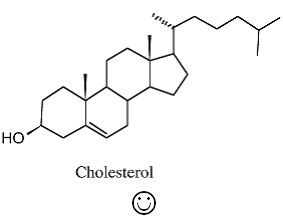
For even more updated information on this subject and extensive referencing that additionally covers the many points in this article, please check out my most recent book, ‘Primal Fat Burner’ and/or my online certification course, ‘Primal Restoration’.
Also, please learn more about my latest online course The Primalgenic® Plan!
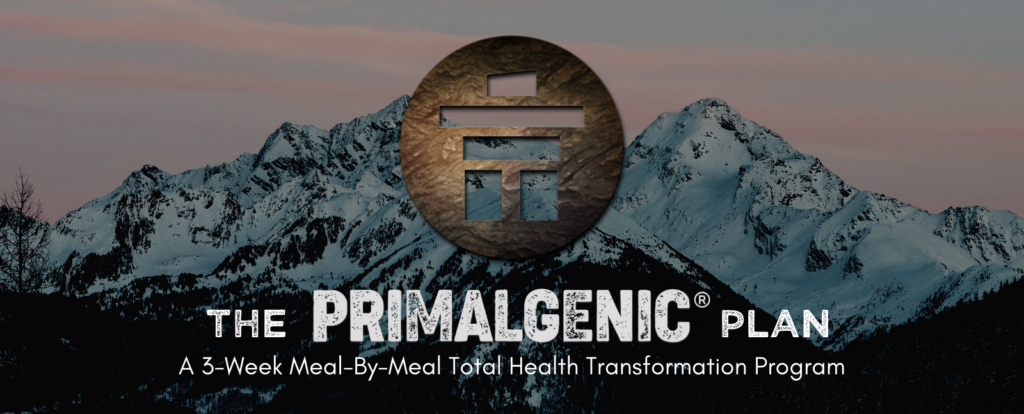
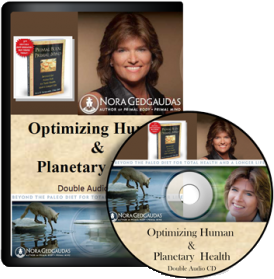
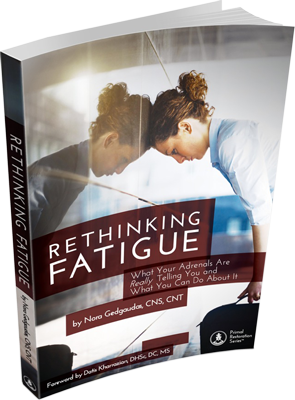
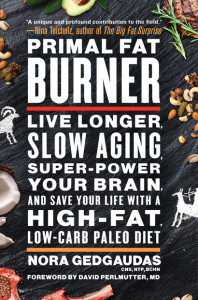
I compared this with the original post from 2009 and there are no updates/additions. Was hoping to read about whether taking statins are beneficial in the case that a person has a high calcium heart scan score.
I answered you in this blog post. I hope it helps you! ~ Nora